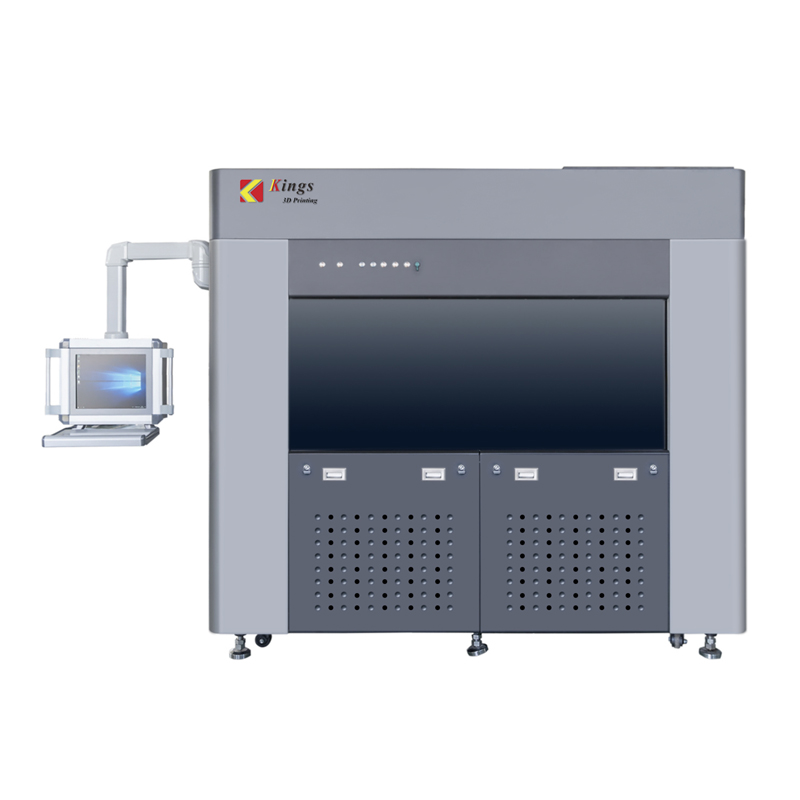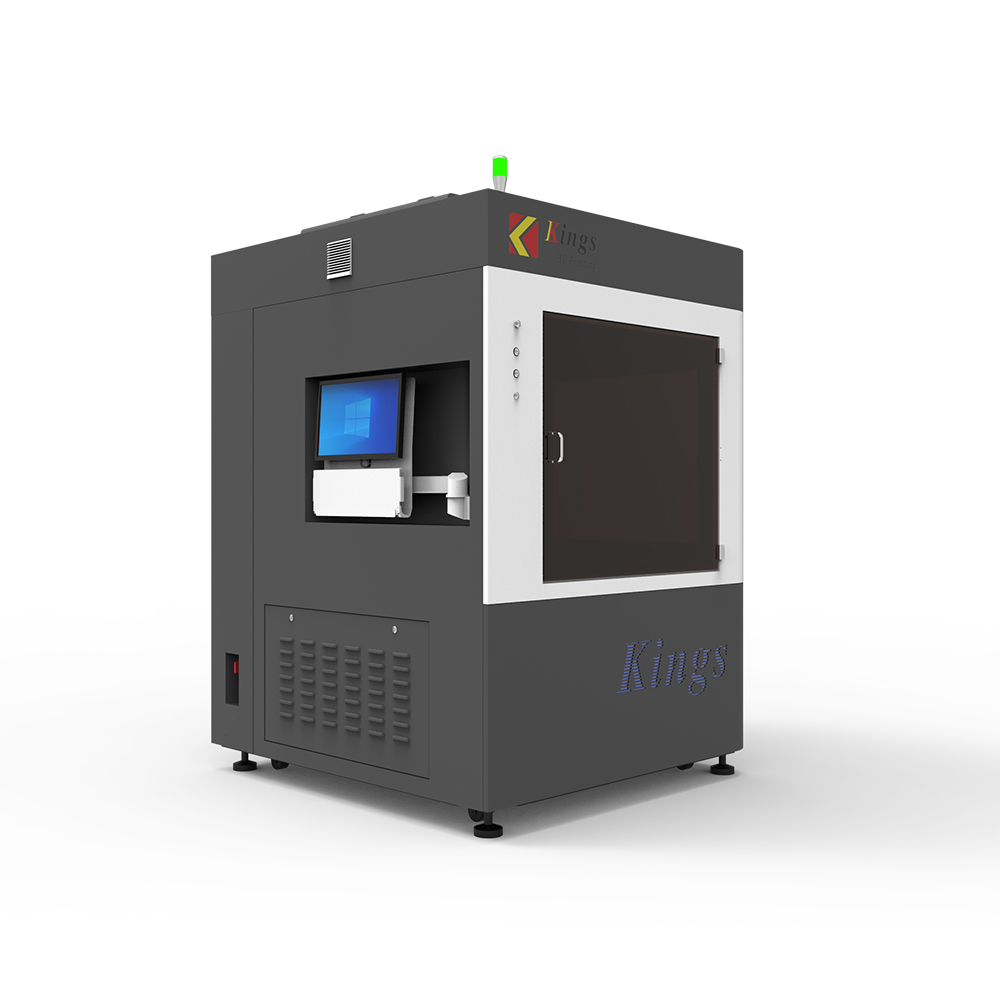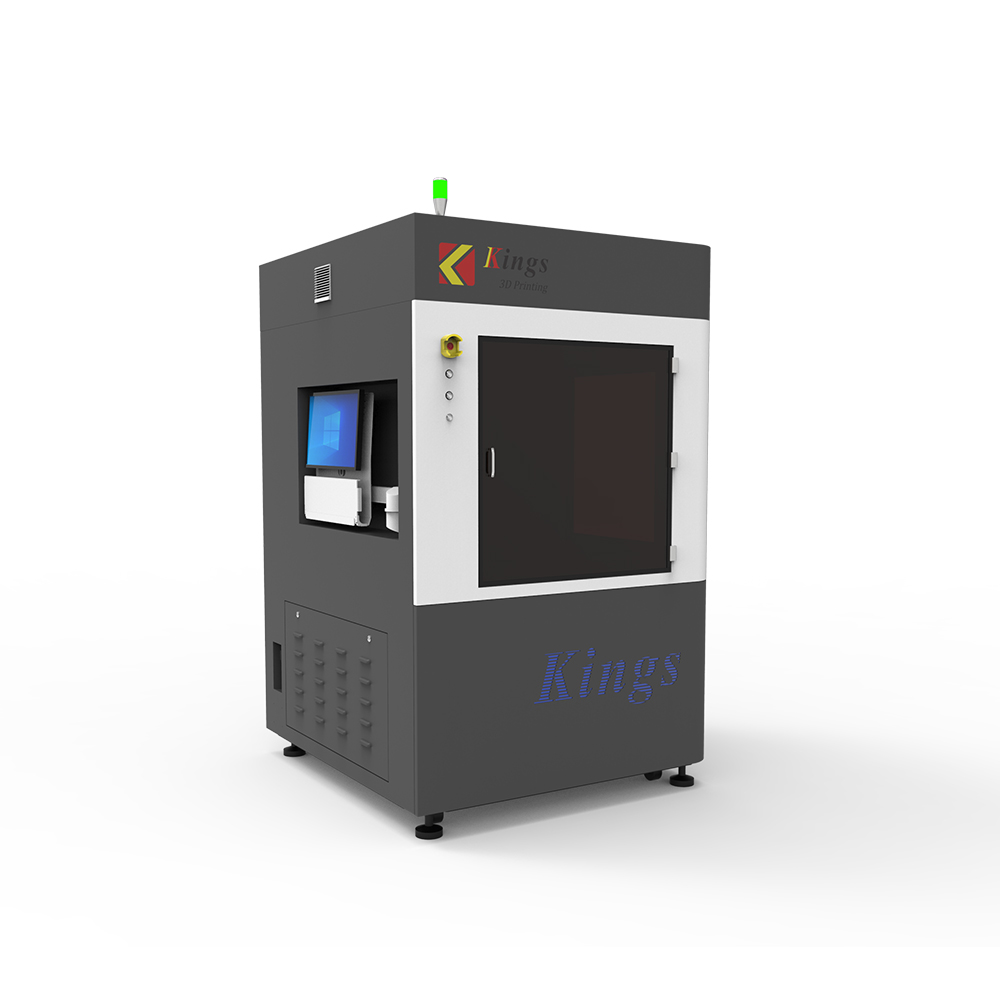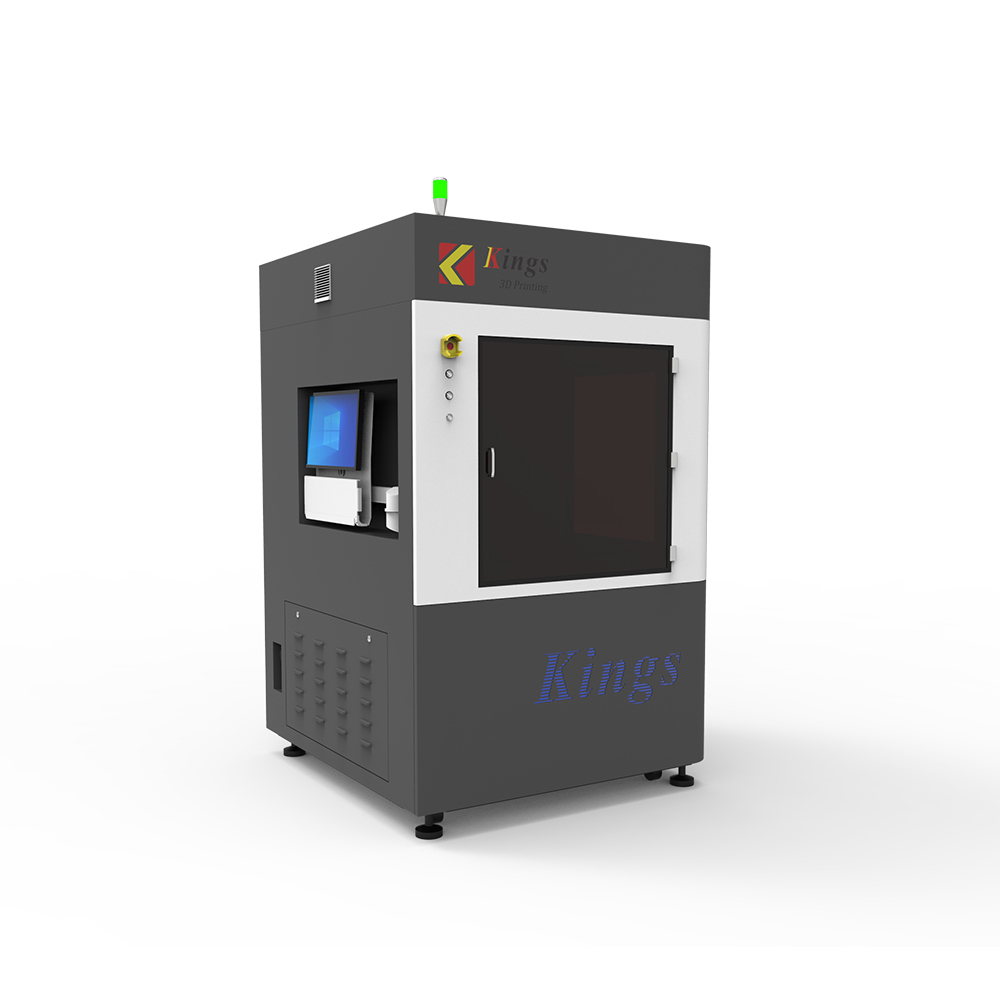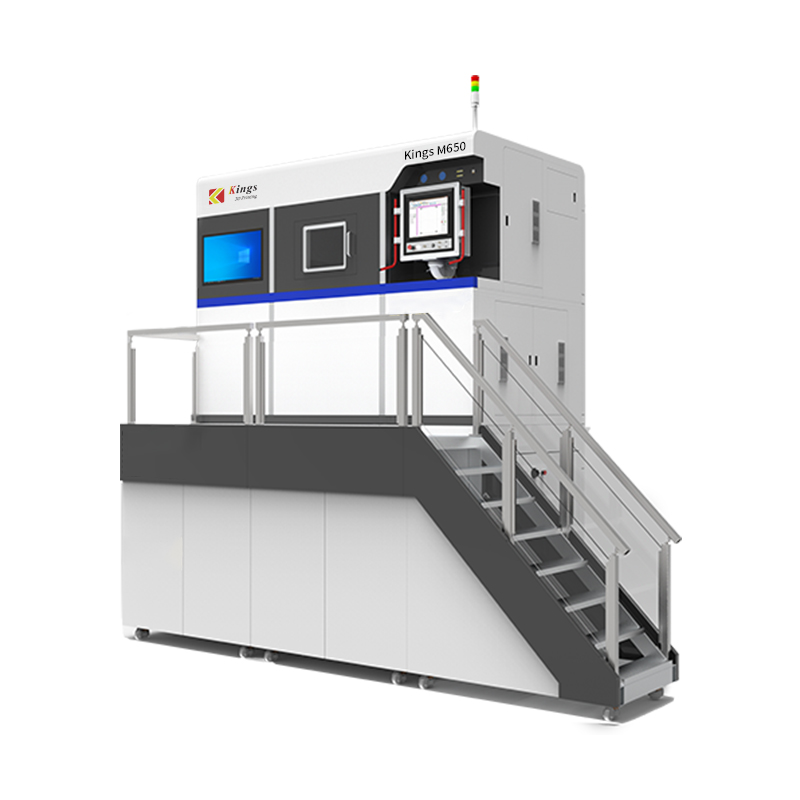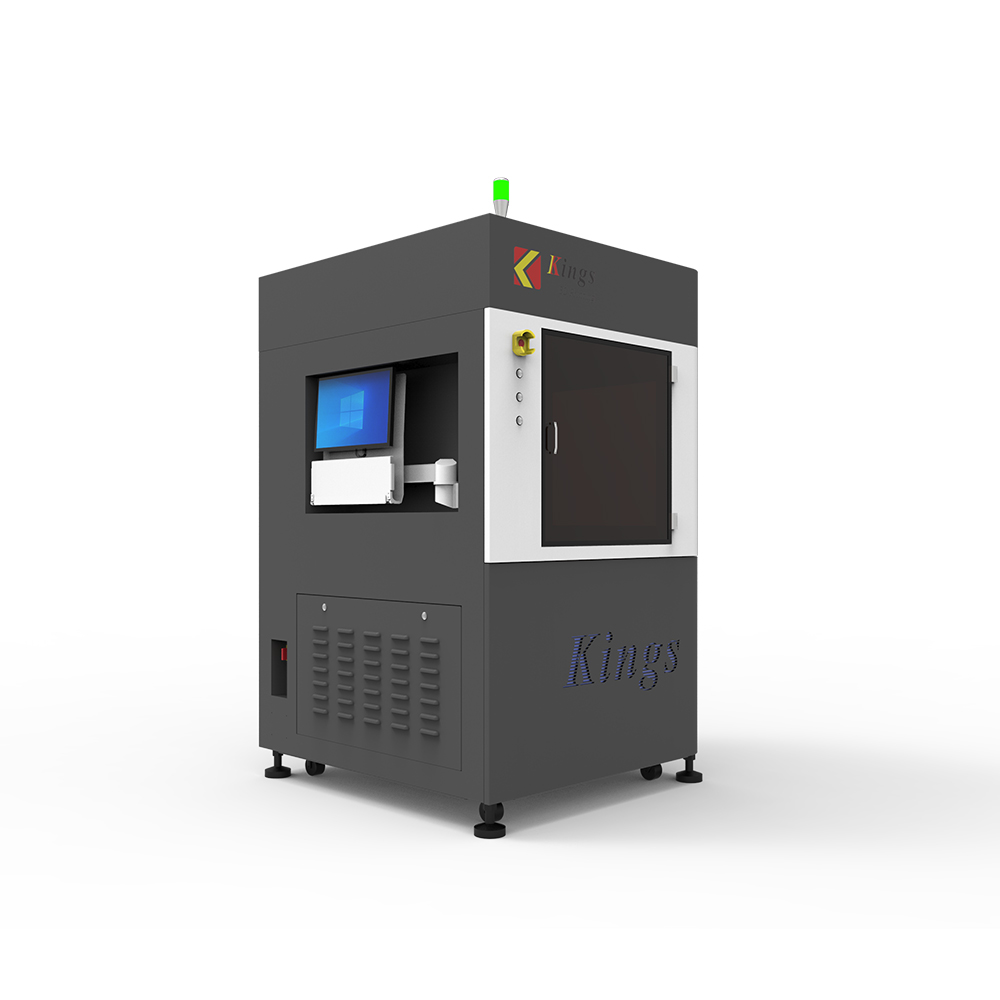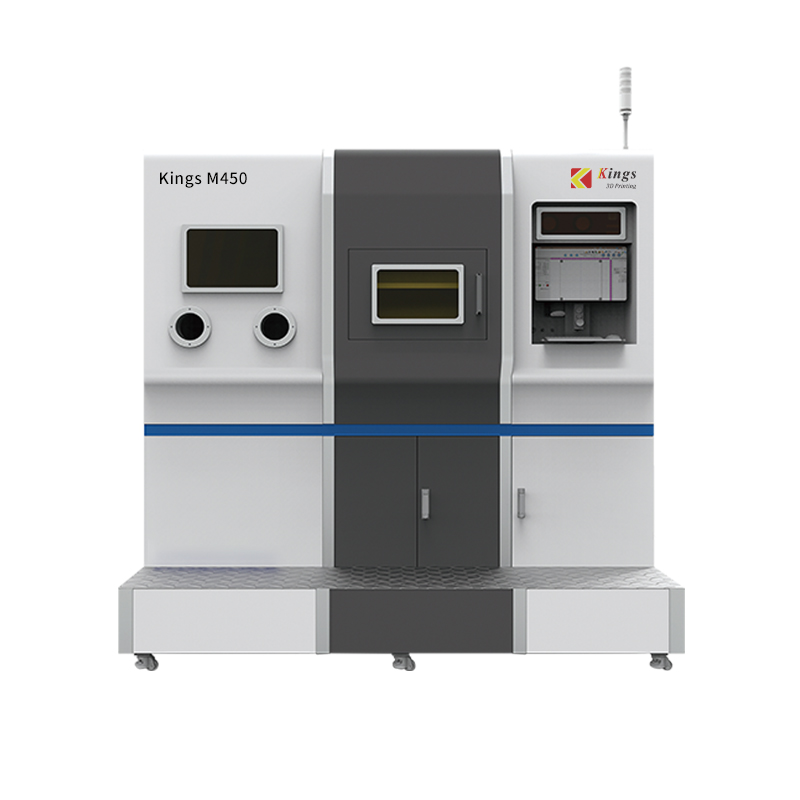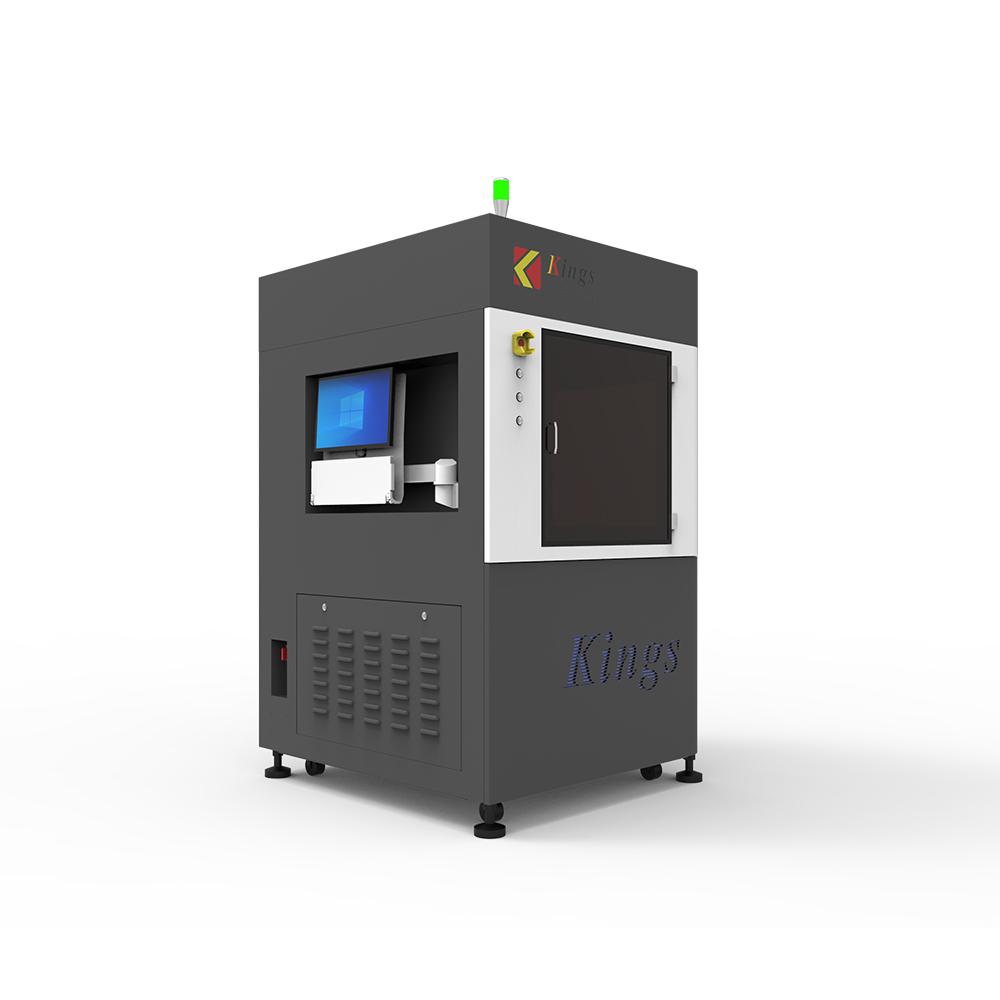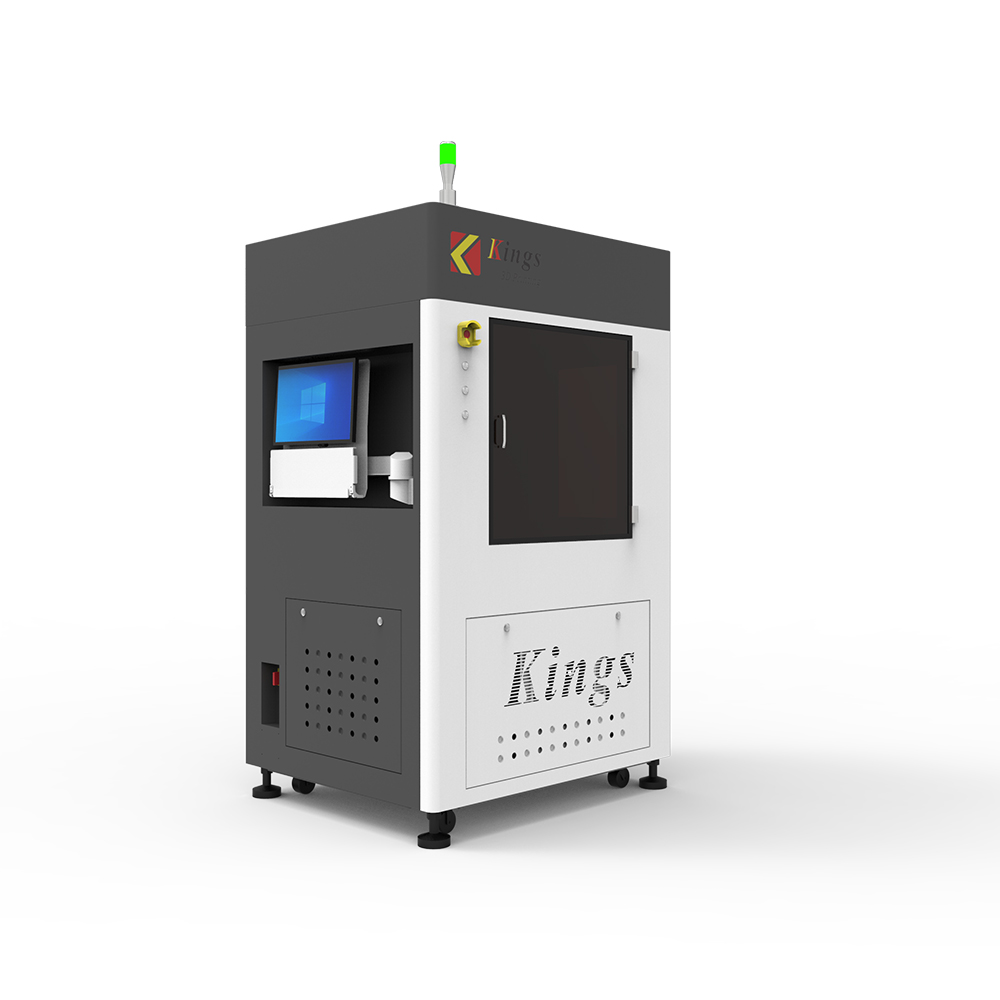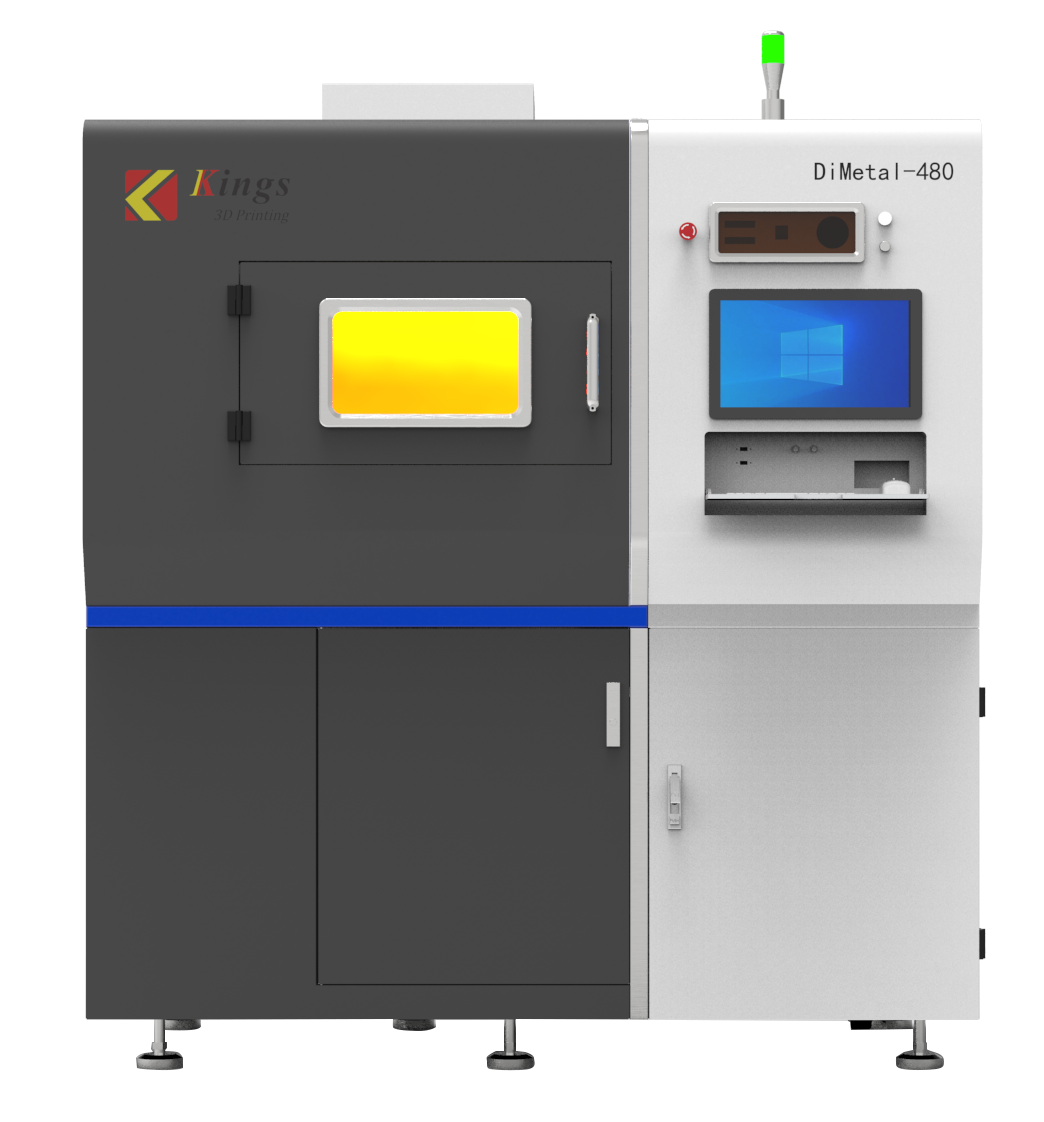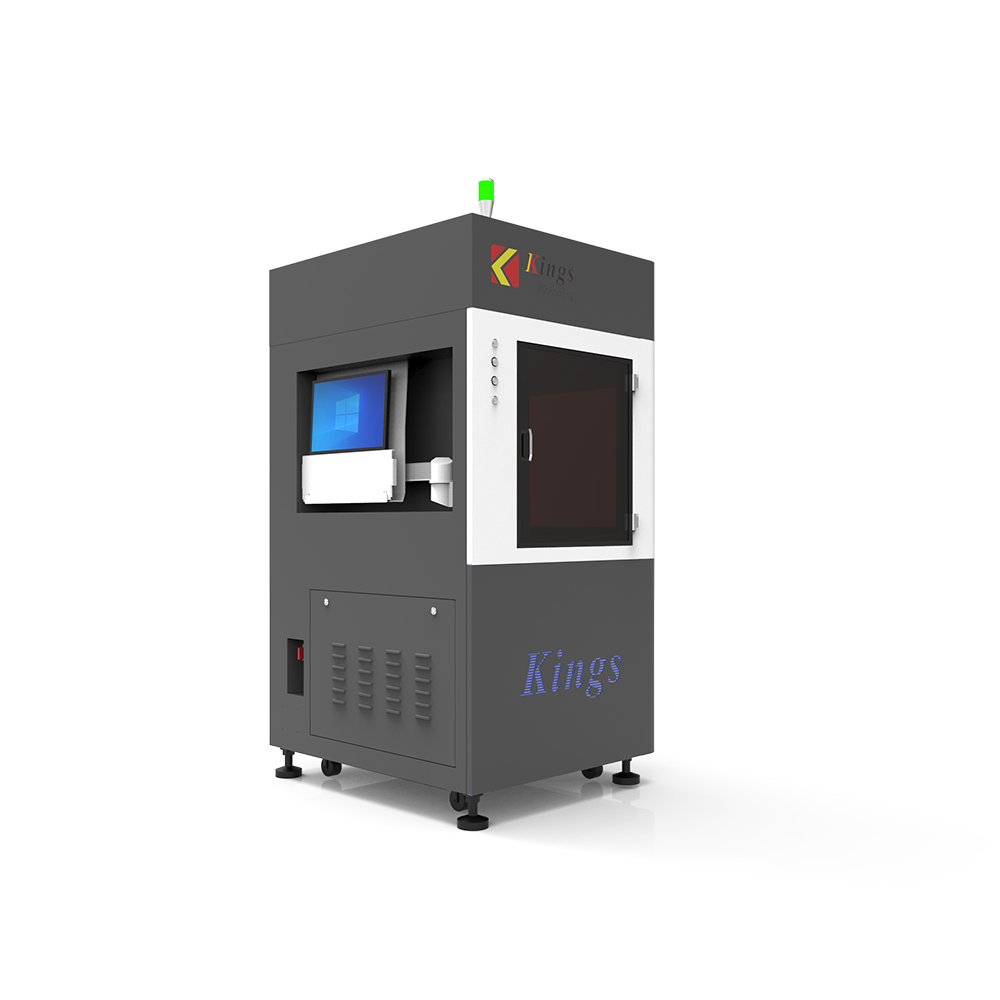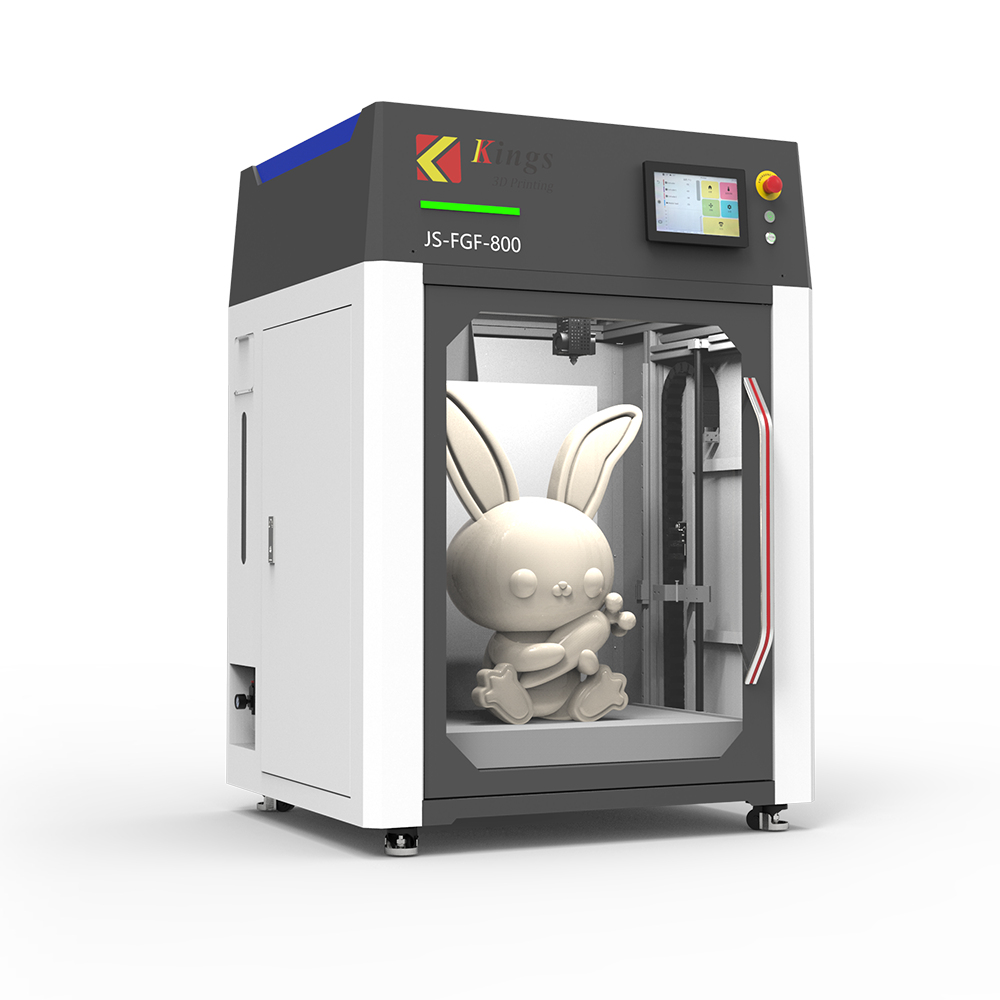SLA, or Stereolithography, is a 3D printing method that was patented by Charles Hull in 1984 and subsequently commercialized by 3D Systems. It is also one of the earliest and most extensively researched 3D printing methods in the world.
The principle of SLA technology involves filling a vat with liquid photosensitive resin, which rapidly solidifies when exposed to a UV laser beam emitted by a laser. At the beginning of the printing process, the build platform is positioned below the liquid surface at a height equal to the thickness of one cross-sectional layer. The laser beam, focused through a lens, scans the cross-sectional outline along the liquid's surface based on machine instructions. The resin in the scanned area quickly solidifies, completing the processing of one layer's cross-section, resulting in a thin plastic sheet. Subsequently, the build platform descends by the height of one layer, and another layer is solidified, layer by layer, to build up the three-dimensional object.
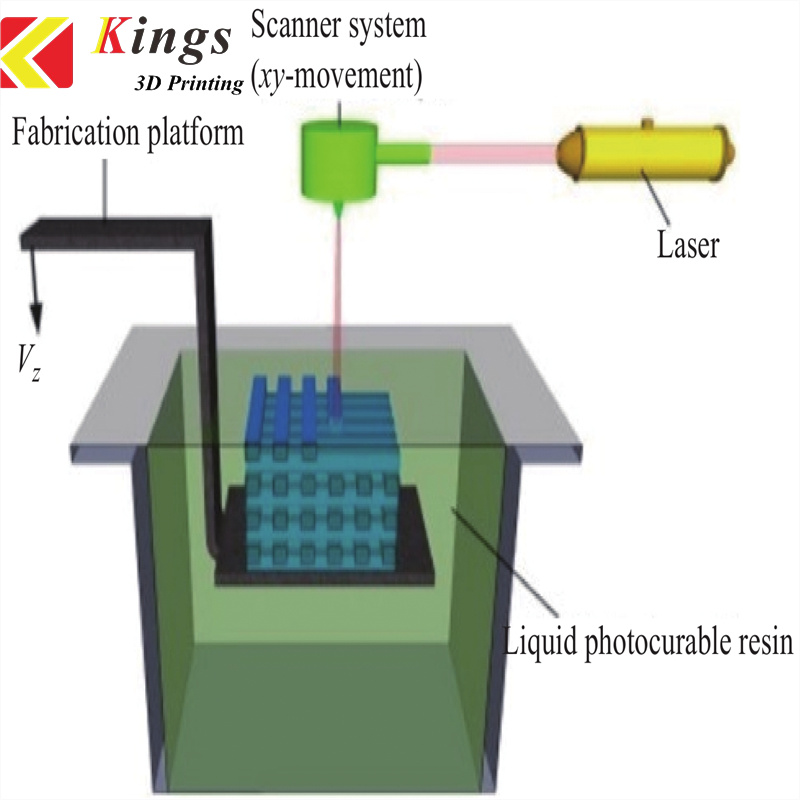
SLA is well-suited for producing complex parts with precision and fine details. However, support structures are typically required in almost all cases. Cleaning the printed parts involves the use of industrial alcohols or other potentially irritating chemicals, and post-processing often requires curing in a UV oven. Due to the use of these chemicals, it's important to conduct post-processing in well-ventilated areas. The resin materials can have a strong odor, are flammable, and have a relatively short shelf life. Mixing new and old resin is not recommended, resulting in material wastage.
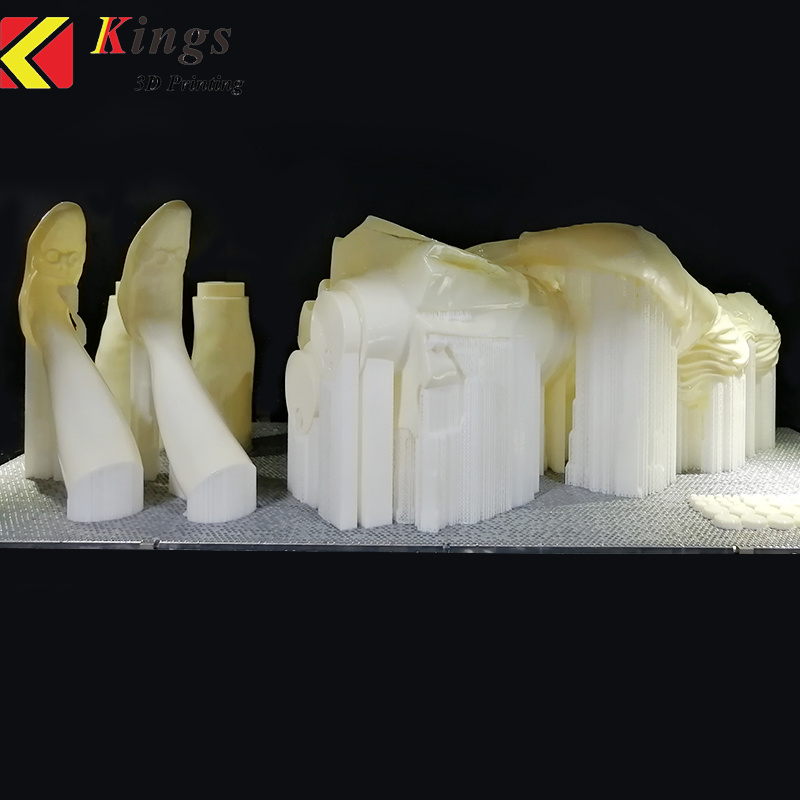
▲ Kings 3D printer printed product
Advantages:
Fast Delivery: From file submission to worldwide delivery in 3 to 7 days.
High Precision: Printing with a minimum layer thickness of 0.05mm and achieving a maximum molding accuracy of 0.03/100mm.
Versatile Surface Finishes: The printed products are suitable for various surface treatments such as polishing, sandblasting, painting, and dyeing.
Maximum Size: The maximum single molding size can reach 1700*800*600 (mm) and can be achieved through seamless assembly.
Disadvantages:
Hollow parts require preparation of holes to allow uncured resin to flow out.
Requires the expertise of professionals for adding supports and operating the machine.
Post-printing processing is labor-intensive (cleaning, support removal, polishing, and re-curing), consuming manual labor.
Applications of the Advantages:
Rapid prototypes are primarily used for display purposes.
Various types of display models.
Invisible orthodontic aligner molds.
Reverse engineering prototypes.
Indoor art displays.
Rapid and precise investment casting patterns.
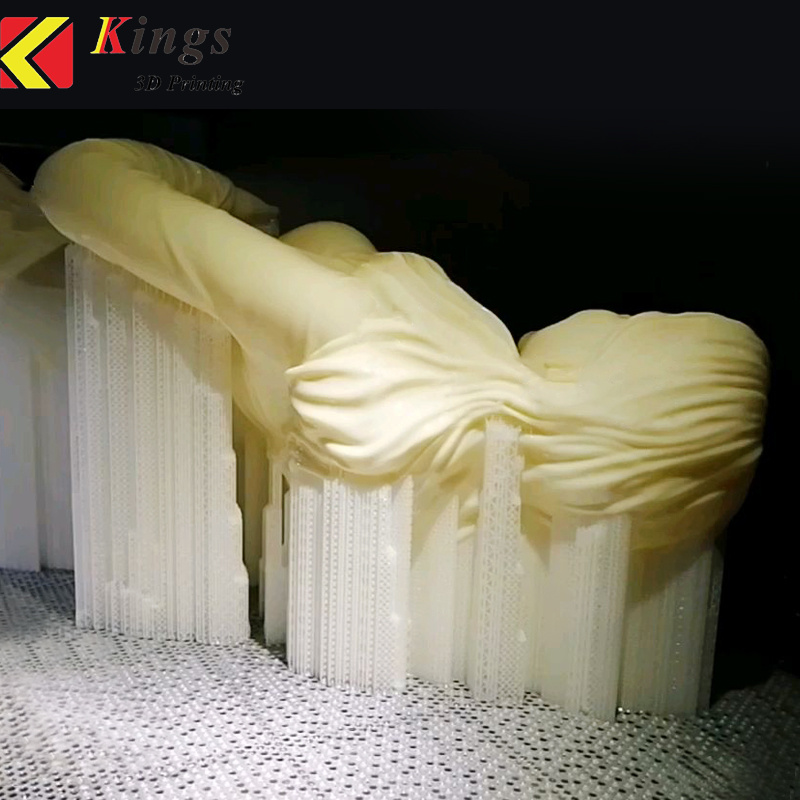
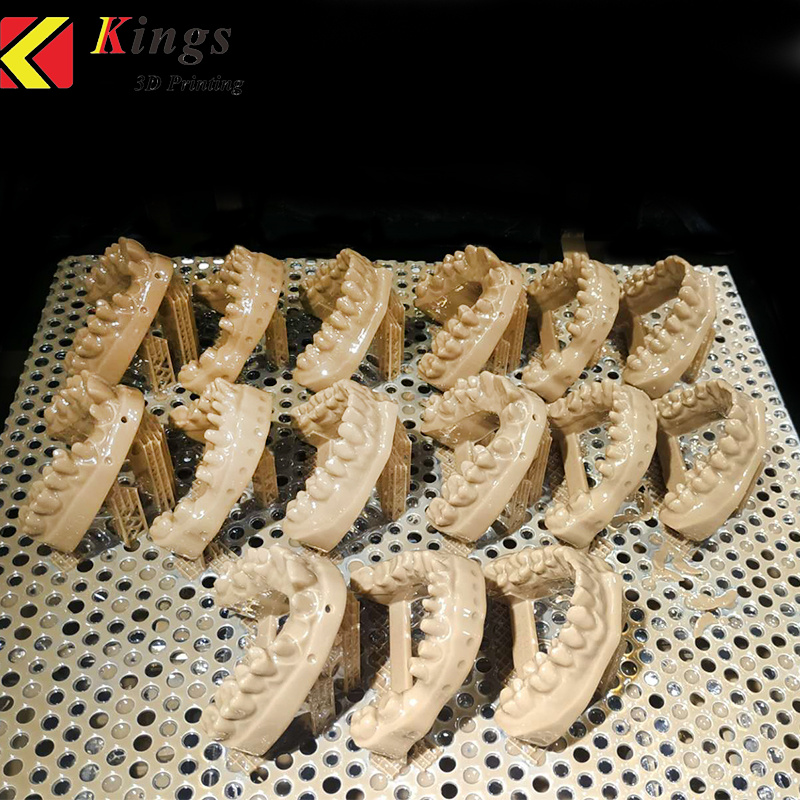
SLS (Selective Laser Sintering)
SLS was initially proposed by C.R. Dechard in his master's thesis at the University of Texas at Austin in 1989. Subsequently, C.R. Dechard founded DTM (Desktop Manufacturing) and in 1992, released the industrial-grade commercial 3D printer "Sinterstation" based on SLS technology.
The principle of SLS technology involves spreading a layer of powdered material over the top surface of the already-formed part using a powder roller. The temperature is carefully controlled, heating the powder just below its melting point. The control system guides a laser beam to scan the cross-sectional contour of that layer on the powder, raising the temperature to the melting point, thus sintering it and bonding it to the layer below. After one layer's sintering is completed, the build platform descends by one layer's thickness, and the powder roller spreads another layer of evenly compacted powder on top, followed by sintering the next layer's cross-section. This process continues until the entire model is completed.
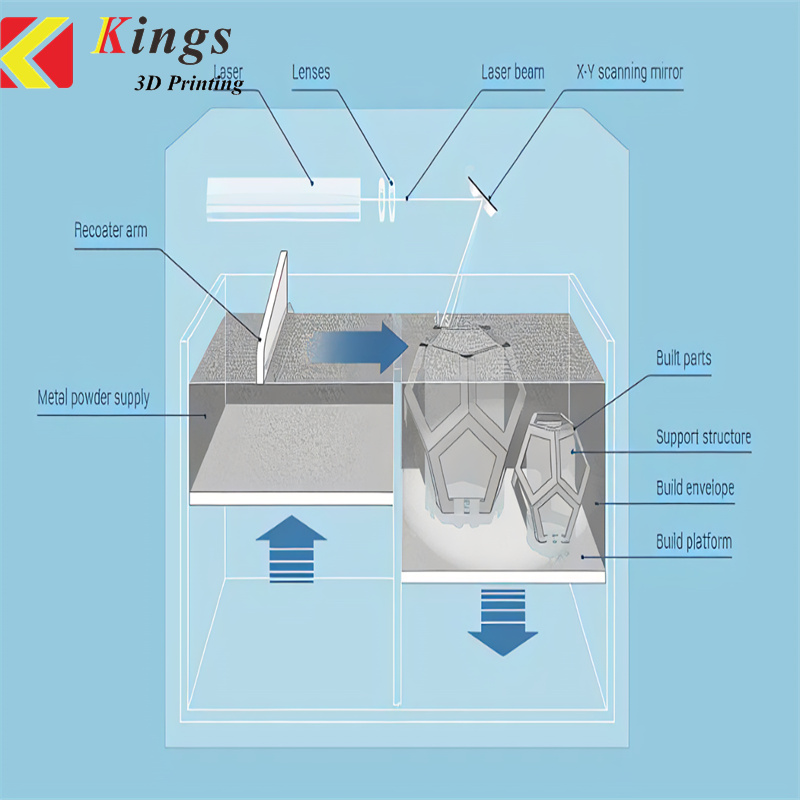
During the forming process, the unsintered powder in SLS serves as a support structure for the model's cavities and overhanging parts. Unlike the SLA process, there's no need to generate separate support structures, making SLS suitable for designing complex, highly freeform objects that don't require additional support. Additionally, the finished surface doesn't exhibit layering texture.
However, SLS has higher initial setup and maintenance costs, and the complexity of the equipment requires skilled operators. It's recommended to maximize the build volume to avoid wasting powder. Due to the use of high-powered laser light and powder materials, safety and environmental considerations are essential for SLS.
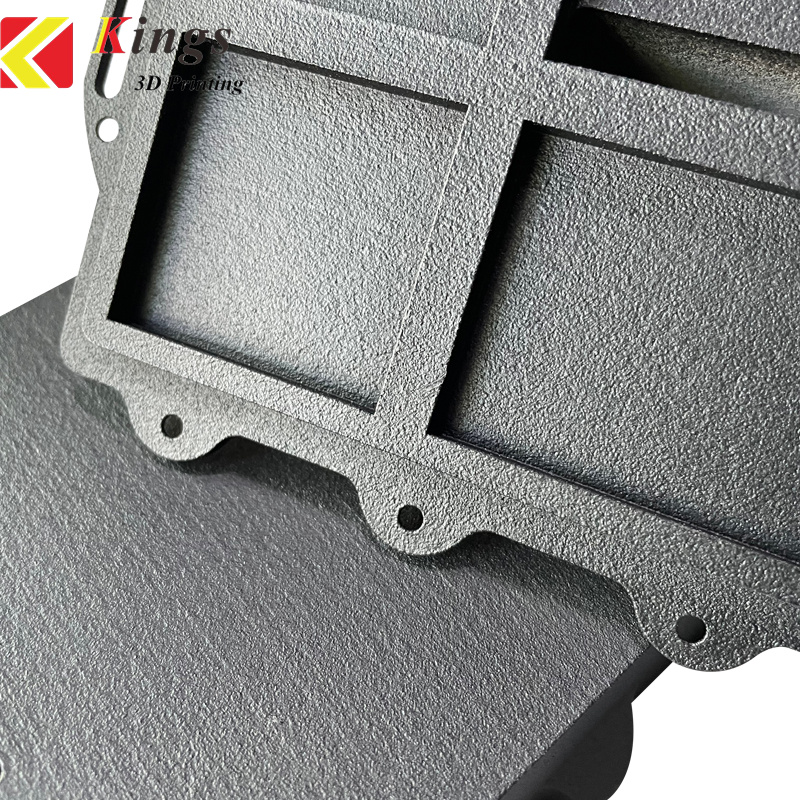
Advantages:
No need for support: No support limitations, making it suitable for producing almost any shape, especially complex, internally moving integrated components.
Excellent mechanical performance: Comparable mechanical properties to injection-molded parts, with good strength, toughness, and heat deformation temperature.
Multiple material options: Various materials with different properties and purposes, such as nylon, nylon with glass fibers, and nylon with aluminum powder, are available.
High material utilization: Un-sintered material can be reused, resulting in minimal material wastage.
Disadvantages:
Complex equipment maintenance, with high costs.
Processing of finished products may require the use of masks to prevent inhalation of dust.
Post-processing and powder recycling are necessary.
Applications of Advantages:
Functional rapid prototypes with specific mechanical performance requirements.
Functional products with low-volume and personalized demands.
Products with a focus on lightweight design.
Products requiring the combination of multiple parts into a single component.
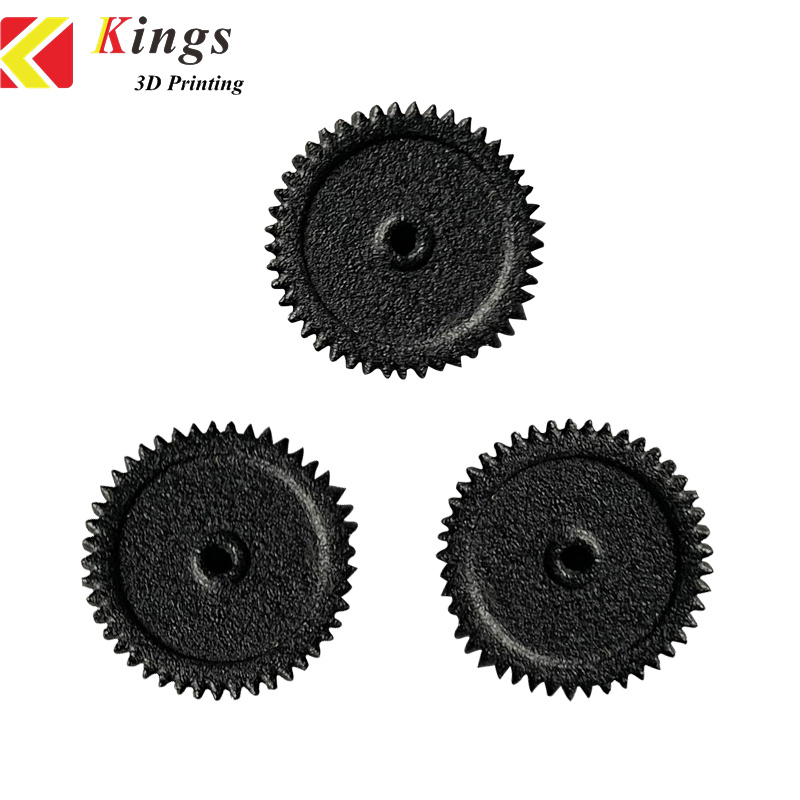
There are twelve size of SLA printer for your options. The machines are range from Kings 3035 Pro to Kings 2700 Pro marked in fast printing size and stable printing process.
Kings 3D officially releases the 3D printing equipment---Kings SLS nylon P440 in the global market.
The printing size, precision, and efficiency are industry-leading, and it is equipped with a two-way intelligent powder spreading with double scrapers, and products of about 5KG can be printed within 24 hours.
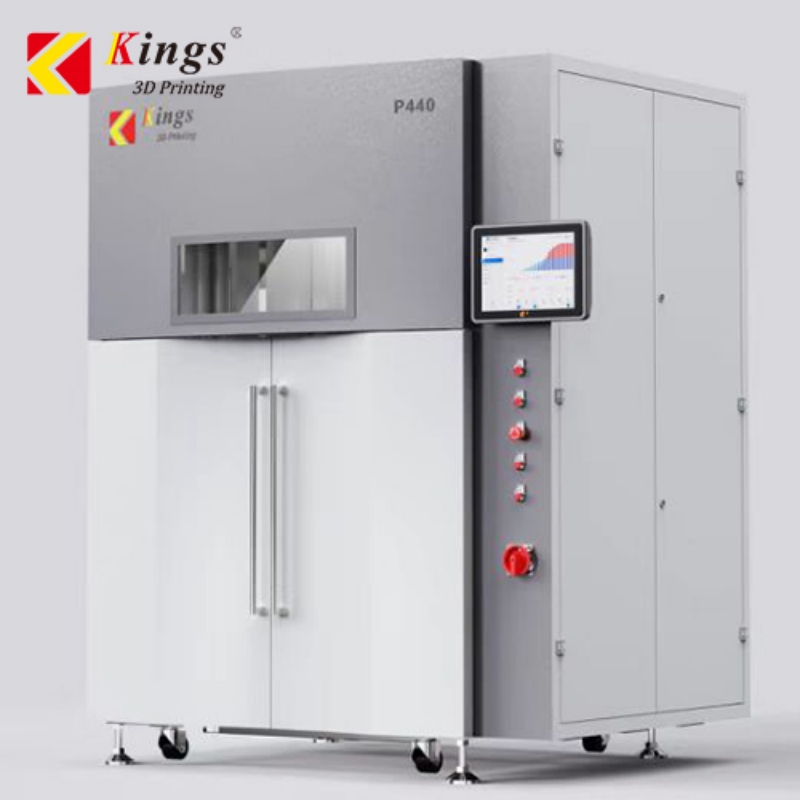
▲ SLS P440 3D Printer
If you want to know more information about Kings SLA and SLS 3D Printer, Welcome to Contact Kings Professional Sales.
Contributor: Tony / Lili Lu / Christine









